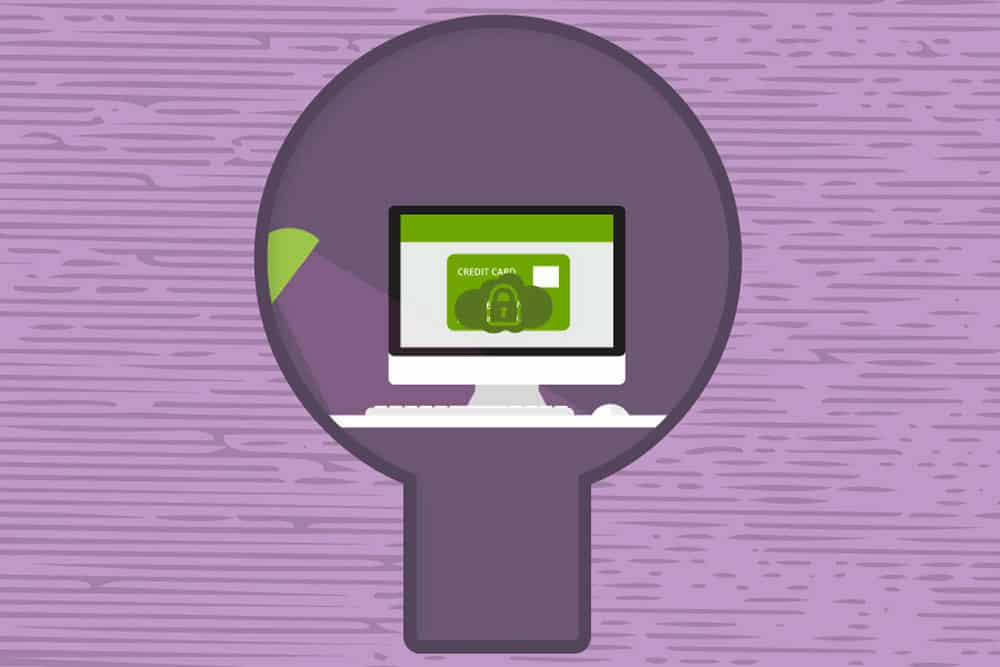By Chloe Thomas, content marketing executive, Creditsafe
One of the biggest challenges facing businesses today is late payment. A typical small business spends 130 hours a year chasing invoices, and the problem is worsening year on year.
The Close Brothers Barometer, published in March 2015 found that a record of 51% of small businesses cite cash flow, working capital and late payments as their main business concern.
Late payments don’t only affect cash flow; they also damage the business by not allowing it room to grow. If your business is paid late, you may be late paying your own bills, that late payment could then affect your credit rating, stopping you from getting further funding or discourage new business.
Alternatively, to be able to pay your debt you may chip into spare money you have in the business, effectively taking it away from hiring new staff, buying new equipment or any sort of expansion.
So how can you avoid late payments affecting your cash flow? We have a three-step guide. First things first, deal with your late payers. Cash collection should not be an afterthought for any business as getting money through the door keeps your company running and you shouldn’t compromise when it comes to your business.
Analyse your sales ledger and look for the largest outstanding debts. Here are some tips on encouraging your customers to pay you on time:
- Issue your invoices correctly and in a timely manner – If your invoices are distributed with plenty of notice, followed by reminders, it gives your customers time to get some money together and forecast their payment to you in their upcoming month. If an invoice is questioned or disputed, it could add months onto the payment process with discussions going back and forth so it’s always best to double check that your invoices are going out correct first time. For monthly subscription payments, it’s also an idea to make sure they go out in a routine manner. This will then help the customer to get into the habit of paying you around the same time every month.
- Establish a clear payment term for all your customers – By providing a clear, solid payment structure at the beginning of your business relationship there is less room for confusion. By doing this you are also ensuring that you’re protected to a certain extent. If the customer refuses to pay, you will have the documentation to take them to court on the terms that they have signed into a contract.
- Offer different payment channels and incentives for your customers to pay you – The easier you make it for your customers to pay you, the more likely they will. If you accept cheques, direct debit, standing orders, cash, payment over the phone, bankers’ automated clearing services (BACs), etc. you are opening every type of payment channel available, making it easy for your customers to get money into your business. Another idea is to offer incentives. For example, if a customer pays you within 14 days they would get 10% off their next purchase. Incentives can drive action – so if you have something to offer, offer it.
Secondly, focus on creditworthy companies going forward. When generating new business you need to do your due diligence. A Creditsafe company credit report can tell you everything you need to know about a company, including key financials, payment behaviour, director details, adverse CCJ information plus much more. You should check a company’s credit report before you go into business with them and it could determine how much credit you offer them and how long it will take for you to get paid.
Thirdly, it’s very important to monitor your customers. A customer that was creditworthy when you went into business with them may not stay continuously creditworthy.
Circumstances quickly change and one bad debt could jeopardise a business, or even ruin it, therefore keeping track of your customers’ credit reports is always worth doing as you will be one step ahead if anything goes wrong.
There were 39,085 insolvencies in 2014, and once a company enters insolvency, there is little you can do to get the money they owe you. However if you spot the warning signs, you could potentially pull away from doing business with that company to protect your own. Credit safe’s Risk Tracker monitors your customers for you and notifies you by email if anything on their credit report changes, keeping you constantly up to date and in the position to re-evaluate your business relationship with your customers before it’s too late.
 About the blogger
About the blogger
Chloe Thomas is a content marketing executive at Creditsafe.
After graduating from Northumbria University in Newcastle, she has been working in content marketing for the past two years, dealing with a range of B2B and B2C clients whilst working in a creative advertising agency before moving back to Wales.
Having been at Creditsafe in Caerphilly since October 2014, she handles content marketing, social media, online brand awareness and brand identity with a B2B focus.




